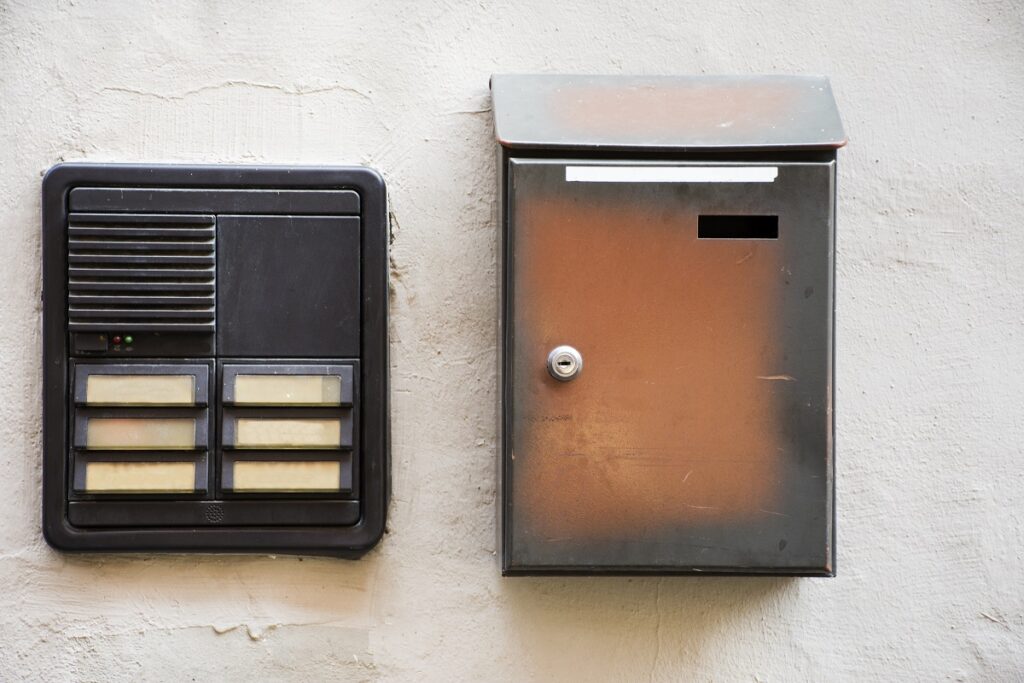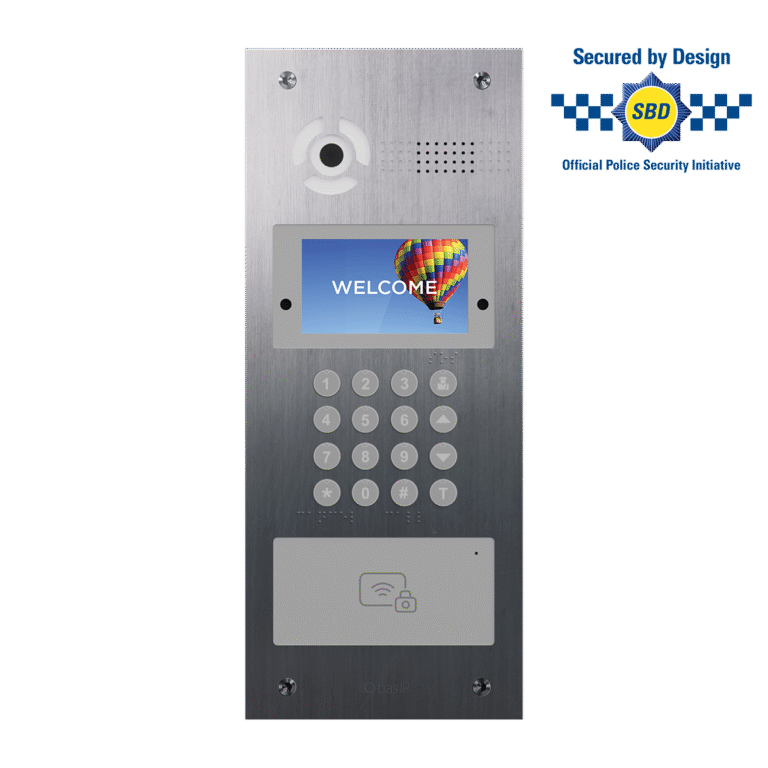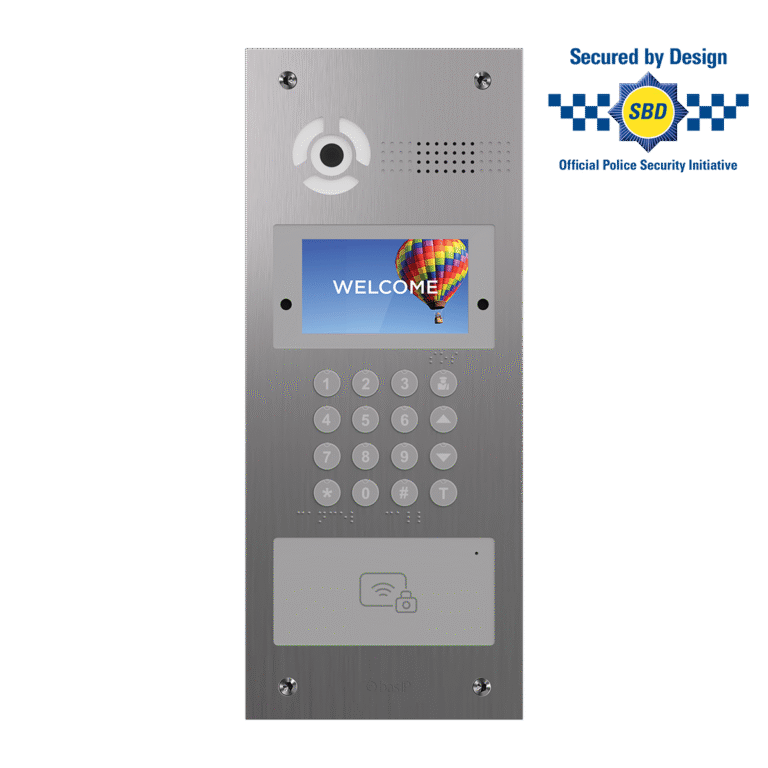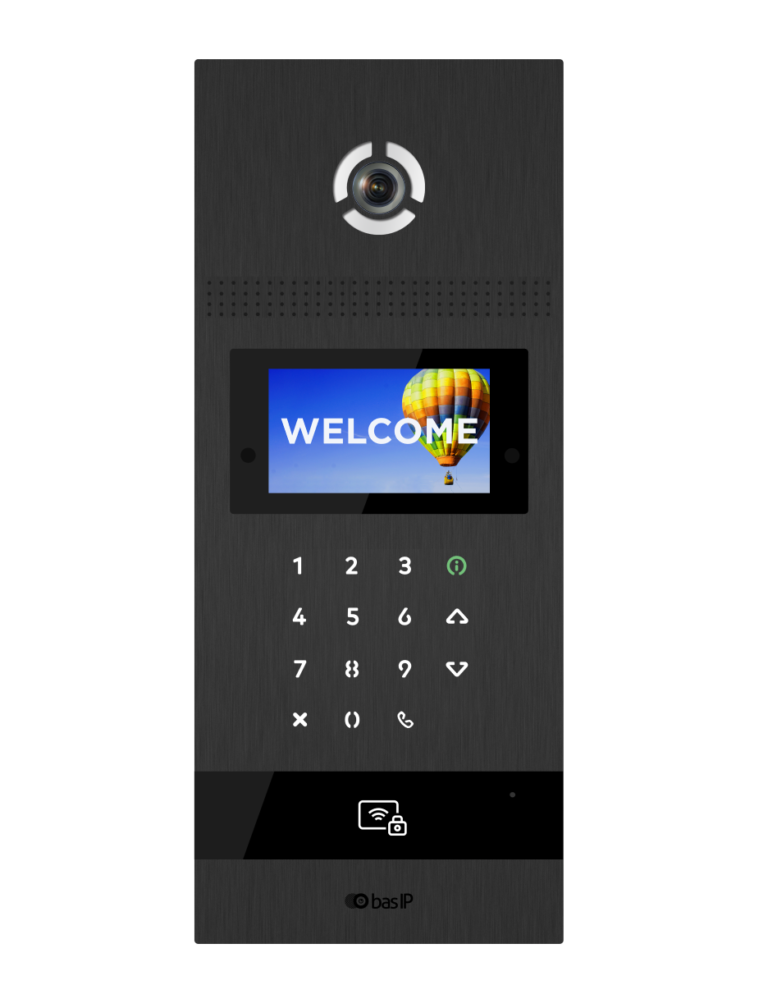How to Replace Intercom System: Replacing Guide
Replacing an outdated intercom system can be a daunting task for building owners and property managers. However, with the advancements in technology, it is now easier than ever to replace an old intercom system with a modern and efficient one. In this article, we will explore the process of replacing an intercom system, including the steps involved and the different types of systems that can be used.

Why Do People Replace Intercom System?
Here are some reasons why people should consider replacing their intercom system:
- Improved Security: Modern intercom systems offer enhanced security features, such as video communication, access control, and integration with other security systems. These features can help protect your property and provide peace of mind for occupants and visitors.
- Better Communication: Upgrading to a new intercom system can improve communication between occupants and visitors by providing clearer audio, video capabilities, and even smartphone app integration. This can lead to a more convenient and efficient experience for all users.
- Ease of Use: Modern intercom systems are designed with user-friendliness in mind, making them easier to use for both occupants and visitors. This can help avoid confusion and ensure that the system is used effectively.
- Scalability: Newer intercom systems are more easily scalable, allowing you to expand or modify the system as needed. This is particularly useful for growing properties or those that undergo frequent changes in occupancy.
- Compatibility with Modern Technology: Upgrading to a new intercom system ensures compatibility with modern technology and devices, such as smartphones and tablets. This can provide additional convenience and functionality for users.
- Reduced Maintenance and Repair Costs: Older intercom systems like Nutone may require frequent repairs and maintenance, which can be costly and time-consuming. Replacing the system with a modern alternative can reduce these costs and ensure more reliable operation.
- Enhanced Aesthetics: Modern intercom systems often have sleek designs that can improve the appearance of your property. This can contribute to a more professional and appealing environment for occupants and visitors.
- Energy Efficiency: Newer intercom systems may consume less power than their outdated counterparts, leading to lower energy bills and a reduced environmental impact.
- Increased Property Value: Upgrading your intercom system can be an investment in your property, as it may increase the overall value and desirability of the building to potential buyers or renters.
- Future-Proofing: Replacing an outdated intercom system with a modern one ensures that your property remains up-to-date with the latest technology and industry standards. This can help prevent obsolescence and maintain the relevance of your communication infrastructure.
Assessing the Current System
First, it is important to determine the type of system that is currently in place. Older intercom systems may be analog, while newer systems are likely to be digital. Analog systems can be easily replaced with a digital system, which offers more features and functionality.
The first step in replacing an intercom system is to assess the current system and identify its limitations. This includes identifying any issues with the wiring or hardware, as well as any features that are missing or outdated. If the entry panel has a brand name and model – search for its characteristics. Once this has been determined, the building owner or property manager can begin researching new intercom systems that meet their needs.
Choosing a New Intercom System
| Feature | Old Intercom System | BAS-IP Intercom System |
|---|---|---|
| Technology | Analog | Digital (IP-based) |
| Wiring | Dedicated wiring required | Utilizes existing IP network |
| Installation complexity | Moderate to high | Relatively easy |
| Scalability | Limited | High (easily expandable) |
| Integration with other systems | Limited | Wide range of integrations |
| Video communication | Rarely available | Standard feature |
| Remote access & control | Not available | Available |
| Smartphone app integration | Not available | Available |
| System maintenance & updates | Challenging and time-consuming | Easier and more efficient |
| Security features | Basic | Advanced (e.g. access control) |
| Cost-effectiveness | Lower due to outdated technology | Higher due to modern features |
| Ease of use for occupants & visitors | Basic functionality | Intuitive and user-friendly |
When choosing a new intercom system, it is important to consider the size and layout of the building, as well as the number of units or offices that need to be connected. Additionally, the system should be compatible with the building’s existing wiring, and it should be easy for both occupants and visitors to use. Keep in mind that BAS-IP building intercom system works over the existing local IP network.

New Intercom System Scheme
Check how BAS-IP intercom system can be connected inside your building.
It is also important to consider the features of the new system, such as video communication, door release, and integration with other security systems. These features can enhance security and convenience for tenants, and they may be especially useful in high-traffic areas such as apartment buildings or office spaces.

Installation and Testing
Once a new system has been chosen, the next step is to install the new hardware and wiring. This may involve running new wiring throughout the building, as well as installing new call panels and receivers. Depending on the size and complexity of the system, this may require the assistance of a professional installer.
After the new system has been installed, it is important to test it thoroughly to ensure that it is working properly. This includes testing the call panels, receivers, and any other features that have been installed. It may also be necessary to provide training to occupants and visitors to ensure that they know how to use the new system.
Exploring Newer Options
In addition to traditional intercom systems, there are also newer options that can be used to replace an outdated system. For example, some buildings are now using smartphone apps to facilitate communication between occupants and visitors. These apps can be downloaded onto smartphones or tablets and allow tenants to receive calls from the building’s entry panel directly on their device. This can be a convenient and cost-effective option for smaller buildings or those with a limited number of units.
Another option for replacing an intercom system is to use a cloud-based system. These systems allow occupants to communicate with each other and with visitors via the internet, eliminating the need for physical hardware or wiring. Cloud-based systems can be especially useful for larger buildings or those with a complex layout, as they can be easily scaled up or down as needed.
Conclusion
In conclusion, replacing an intercom system may seem like a daunting task, but it can be a relatively straightforward process with the right planning and preparation. By assessing the current system, choosing a new system that meets the building’s needs, and installing and testing the new hardware and wiring, building owners and property managers can ensure that their occupants have access to a modern and efficient communication system. Additionally, with newer options such as smartphone apps and cloud-based systems, there are now more choices than ever when it comes to replacing an outdated intercom system.





